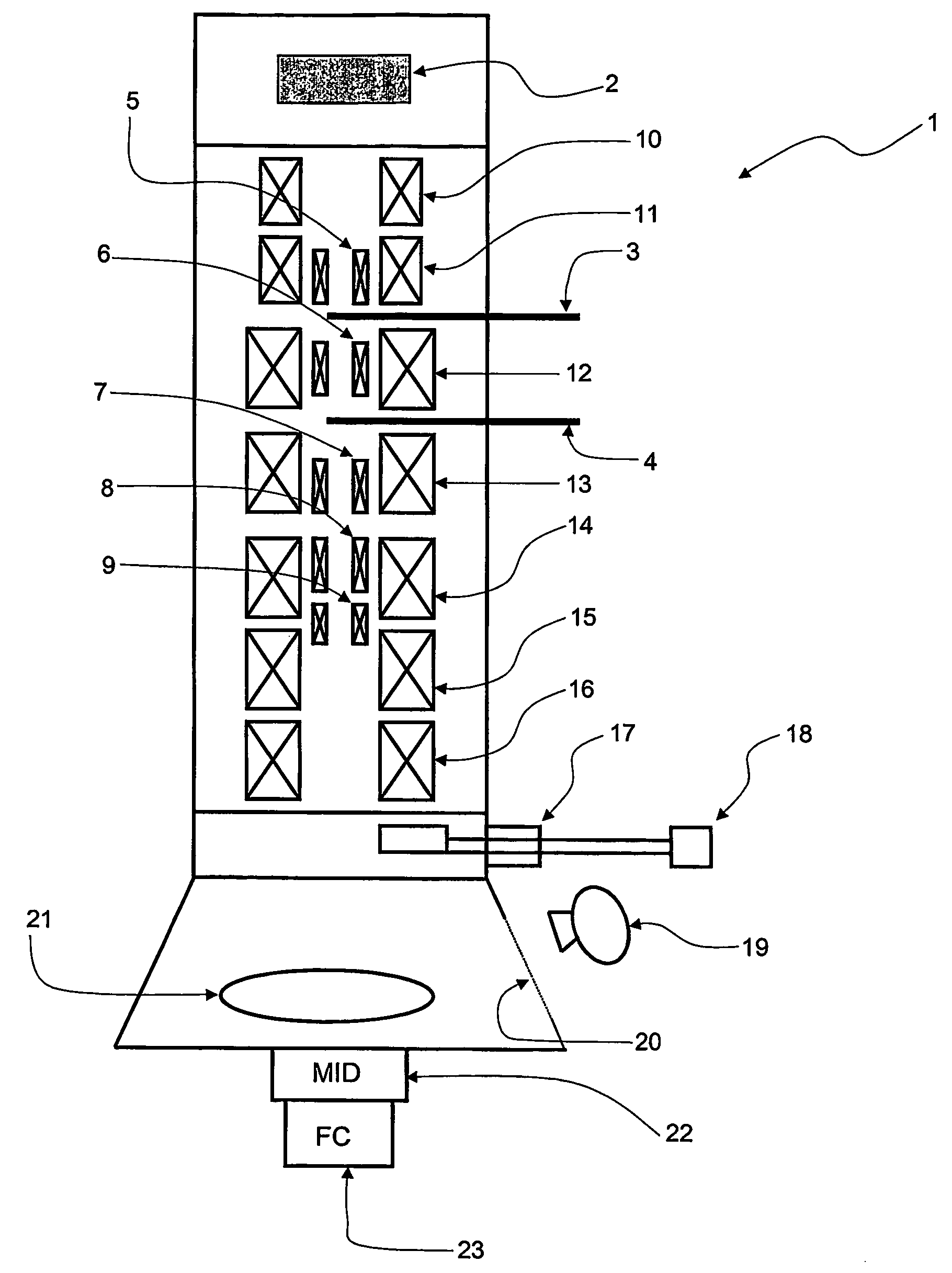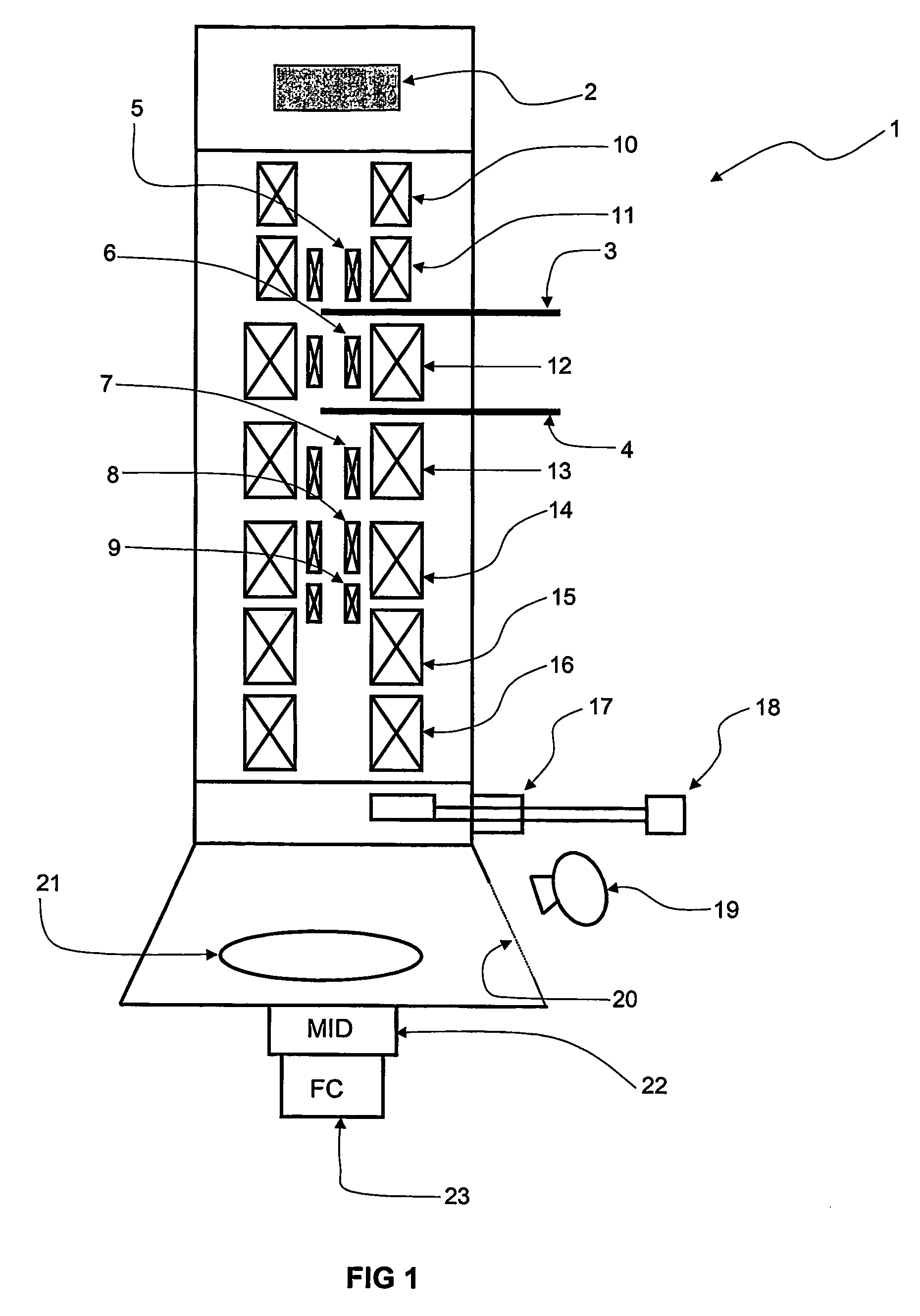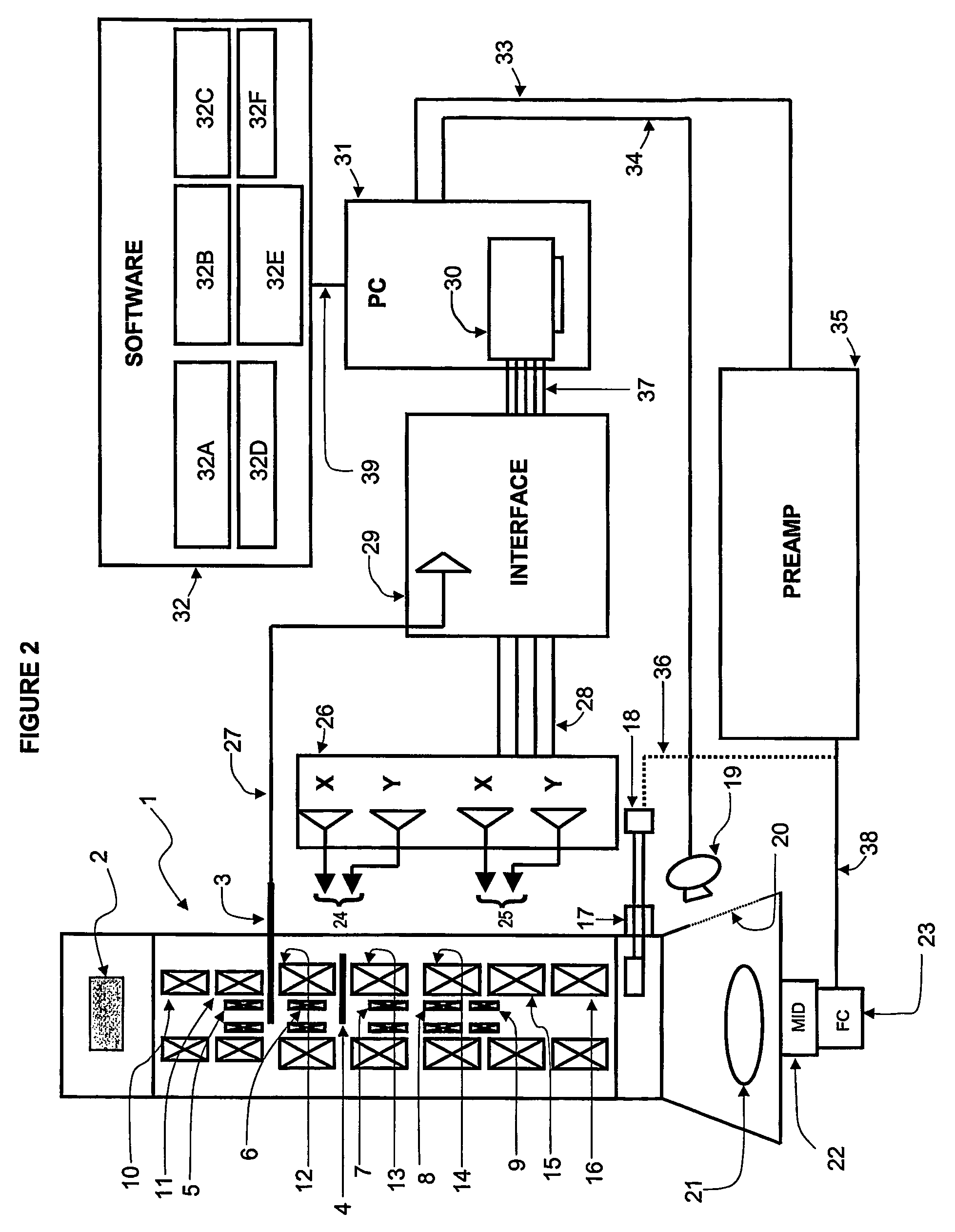Method for measuring diffraction patterns from a transmission electron microscopy to determine crystal structures and a device therefor
a transmission electron microscopy and crystal structure technology, applied in the direction of instruments, electrical appliances, material analysis, etc., can solve the problems of insufficient quantitative and precise structure analysis, poor crystallinity for precise x-ray structure determination, lack of dynamic range for recording intensity measurements of ed patterns, etc., to minimize the damage to radiation sensitive and non-radiation sensitive samples
- Summary
- Abstract
- Description
- Claims
- Application Information
AI Technical Summary
Benefits of technology
Problems solved by technology
Method used
Image
Examples
Embodiment Construction
[0069] One embodiment of the present invention is a method for measuring electron diffraction (ED) patterns of a sample from a transmission electron microscope (TEM) wherein the ED pattern is scanned by means of deflector coils situated after the sample. The diffraction pattern is moved in a step-by-step scanning mode across a motionless (fixed) detector. The invention represents an improvement on the methods known in the art for scanning, such as, for example, that disclosed by Avilov et al, 1999 in relation to an EDC.
[0070] A sample according to the invention, is any substance susceptible to crystallographic study. Examples include nanocrystals, powders.
[0071] Another embodiment of the present invention is a method as disclosed herein wherein the electron beam is precessed by means of beam tilt coils in the TEM which are situated before the sample in combination with a similar precession of the ED pattern via deflection coil below the sample (Vincent and Midgley 1998). The measu...
PUM
 Login to View More
Login to View More Abstract
Description
Claims
Application Information
 Login to View More
Login to View More - R&D
- Intellectual Property
- Life Sciences
- Materials
- Tech Scout
- Unparalleled Data Quality
- Higher Quality Content
- 60% Fewer Hallucinations
Browse by: Latest US Patents, China's latest patents, Technical Efficacy Thesaurus, Application Domain, Technology Topic, Popular Technical Reports.
© 2025 PatSnap. All rights reserved.Legal|Privacy policy|Modern Slavery Act Transparency Statement|Sitemap|About US| Contact US: help@patsnap.com



